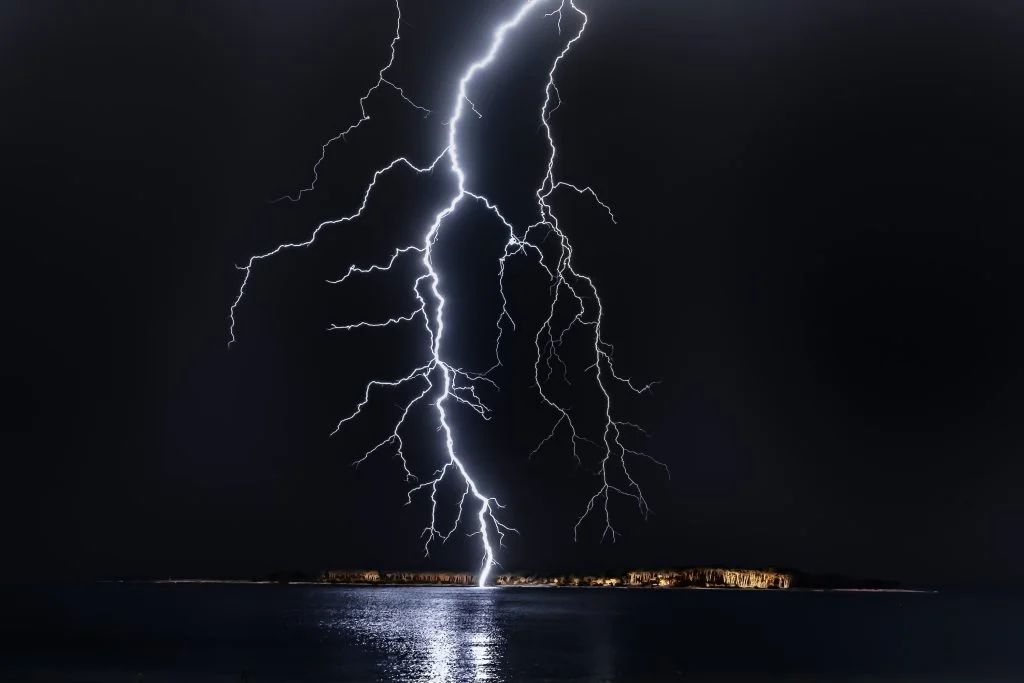Always celebrated on February 5th, National Weatherperson’s Day (also known as National Weatherman’s Day) honors all individuals working in meteorology, weather forecasting, and broadcast meteorology. The day also recognizes volunteer storm spotters, observers, and others who work in the weather field.
POTW: Karen Conklin, The English Center of Youngstown
#WeatherpersonsDay
This annual holiday commemorates the birthday of John Jeffries, born on this day in 1744. Dr. Jeffries, a scientist and a surgeon, is considered one of America’s first weather observers. He kept weather records from 1774 to 1816. Additionally, Jefferies pioneered the field of ballooning in the United States and took his first balloon observation in 1784.
During this celebration, those honored work hard to accurately forecast and report the constantly changing and often unpredictable weather. Despite new technological advances, meteorologists face challenges in predicting the weather. Even with the most state-of-the-art technology, predicting “Mother Nature” and what path she may choose is a very daunting task.
Knowing the weather forecast is valuable to us in so many ways. We often look at the forecast to plan our activities for the upcoming days. It affects what we do, how we dress, where we go, or even if we go at all. Being prepared for impending storms, hurricanes or tornadoes saves lives.
Tiny Alabama Town Shocked to Learn Farmer had Secretly Paid People’s Pharmacy Bills for a Decade
NATIONAL WEATHER SERVICE:
“The primary mission of the Weather Service (NWS) forecast office is to provide the American public with the best possible warning service to save lives. Recent severe weather statistics show that we continue to improve our capability to warn the public of impending hazardous weather.
Nationally, lead time for flash flood warnings improved from 22 minutes in 1993 to 78 minutes in 2008. Accuracy over the same time period increased from 71 percent to 91 percent. Lead time for tornado warnings has increased from 6 minutes in 1993 to 13 minutes today. Tornado warning accuracy increased from 43 percent to 72 percent. Winter storm accuracy in 2008 was 89 percent with an average lead time of 17 hours. Since 1990, the Tropical Prediction Center’s 24 to 72-hour tropical storm forecast track errors have been reduced by more than 50%. These more accurate and longer lead time warnings help communities stay safe.”
HOW TO OBSERVE WEATHERPERSONS DAY
Thank your local weatherperson. It may be the person you turn to on the news to keep you up to date on the latest storms. Or, it may also be the storm spotters who report to the National Weather Service. Their warnings alert us to more imminent dangers. Weather changes often impact our lives and livelihoods, so their dedication is valuable. Consider how weather affects our daily lives and how much you appreciate an accurate forecast whenever possible. Share your experiences and give a shout-out to the weatherperson doing an outstanding job in your area!
Use #WeatherpersonsDay to post on social media.
Source Link

